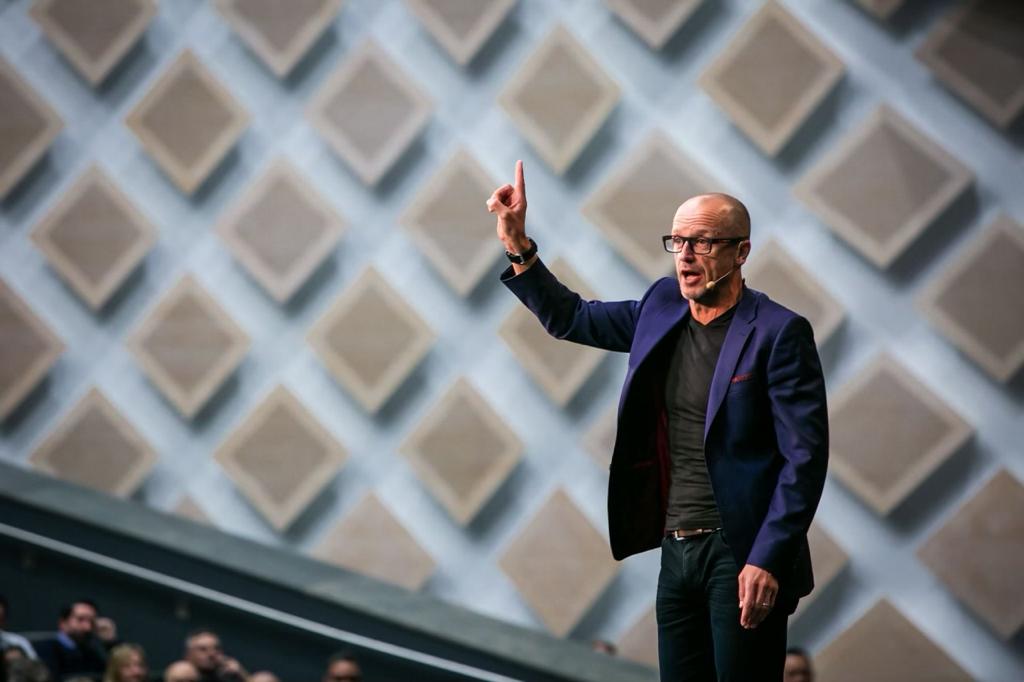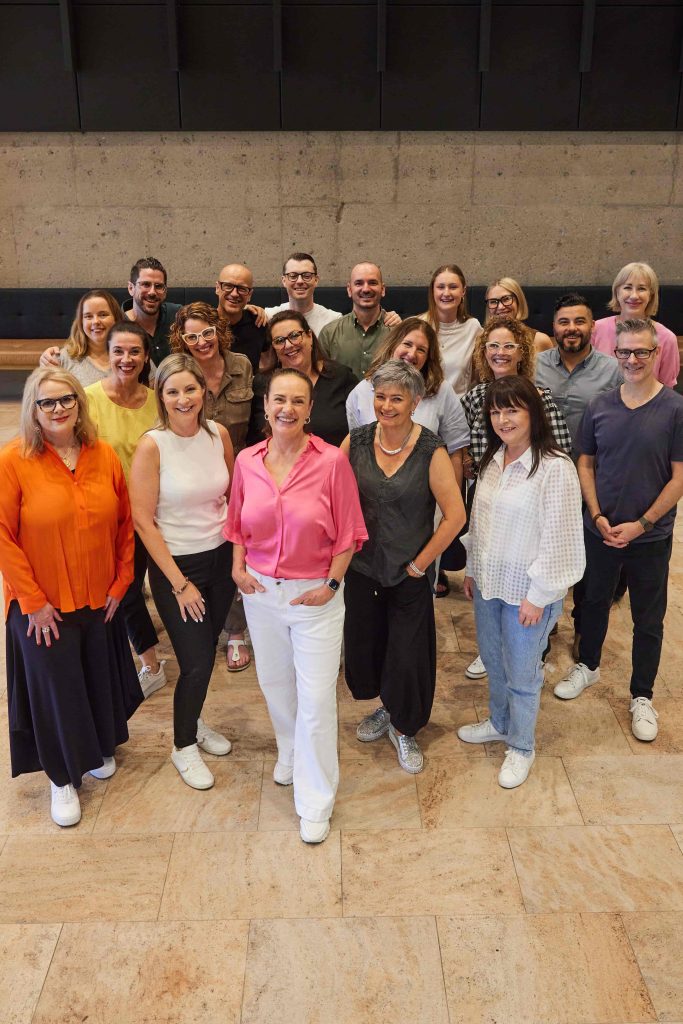A well-staged conference can be a turning point in an organisation’s behavior. A conference is usually staged for this chief purpose — to get everyone together and to help them understand what they need to do differently.
The Typical Conference Format
Employees of all levels know the all-too-familiar format of the prototypical conference.
First, the CEO stands up at the start, sets the scene and describes the overall vision. This is then typically followed by the next presenter and on and on it goes.
Is it any surprise that audience involvement as this “groundbreaking agenda” unfolds is typically limited to:
- Under the table checks of phones hoping to find an email (from anyone!) to create a mental distraction from the continuous stream of PowerPoint slides on being painstakingly talked through, word for word, at the front of the
room. - Constant glances at watches (and said phones) to see how much longer it will take to survive until the coffee
break. - A steady increase in the number of people who suddenly develop the need to use the restroom to create ‘legitimate’ excuses for temporarily escaping the tedium.
In order to get people to think, feel and most importantly DO things differently as a result of spending conference time together, the true message needs to be emphasised from the very beginning. Organisers are going to have to make a deliberate effort to ask themselves:
What are we going to do differently at the conference in order to create the change we want?
Making A Case for Change
Given the challenges of a typically diverse conference audience, creating the desired impact is never easy. There are always a varied number of personal interests, a wide range of audience sizes and lots of content to get through. Managing the needs and opinions of multiple stakeholders can be particularly hard when each of them feels they know best.
So, what can be done? For starters, remembering that the power of a conference’s message often comes down to more than the content itself. Presentation can have a tremendous effect on the way a message is received, both in terms of sequencing — where various presentations fall in the agenda — as well as the way the message is delivered.
Many employees will not respond to the idea of team building for team building’s sake. Instead, consider creating a purposeful, playful and impactful experience that enables participants to understand how their thought processes and behavior affect the team dynamic. Colourful anecdotes that illustrate key points can bring the messages home in a way that just an information download cannot.
Interactive team experiences can solidify the points made and allow the message to come full circle. Awareness is created around the assumptions we make and what might create a different result.
Change Your Delivery, Not Your Message
- Try using completely original metaphors, methods of introducing talking points, or ways of phrasing conclusions.
- Avoid resorting to techniques that have been seen a million times before. No PowerPoint, for example, for any speakers.
- Make sure you have a very clear understanding of what you are trying to achieve. Establish your measures of success, including how you justify using these measures.
- Do not take anything for granted — question the pros and cons of the agenda, challenge thinking.
- Avoid the temptation to do a series of pure, cut-and-dry presentations. Instead, turn the conference into a “variety show” of multiple smaller group presentations that encourage engagement and keep people moving around.





